Veronica Rose
Veronica lives in Milwaukee with her lovely wife, Margaret. Together they love to make the most of Milwaukee by checking out local restaurants, theaters, and bike paths. They also love to travel in the off season to spend time with family, friends, including their huge crew of nieces & nephews. As much as Veronica loves her title of Wedding Planner, Auntie will always have the top spot!
Speaking with Care: Inclusive Language in the Wedding Industry
The language we use when planning and executing weddings carries weight. Words shape expectations, signal belonging, and reflect the values we hold. Using inclusive language is not just a trend; it is a meaningful way to ensure that all couples and their communities feel seen, respected, and celebrated.
While gender-neutral terms like “partner” instead of “bride” or “groom” are becoming more widely adopted, inclusive language goes far beyond how we refer to the couple. Here are a few nuanced ways vendors, couples, and coordinators can create a more welcoming environment for everyone involved in a wedding.
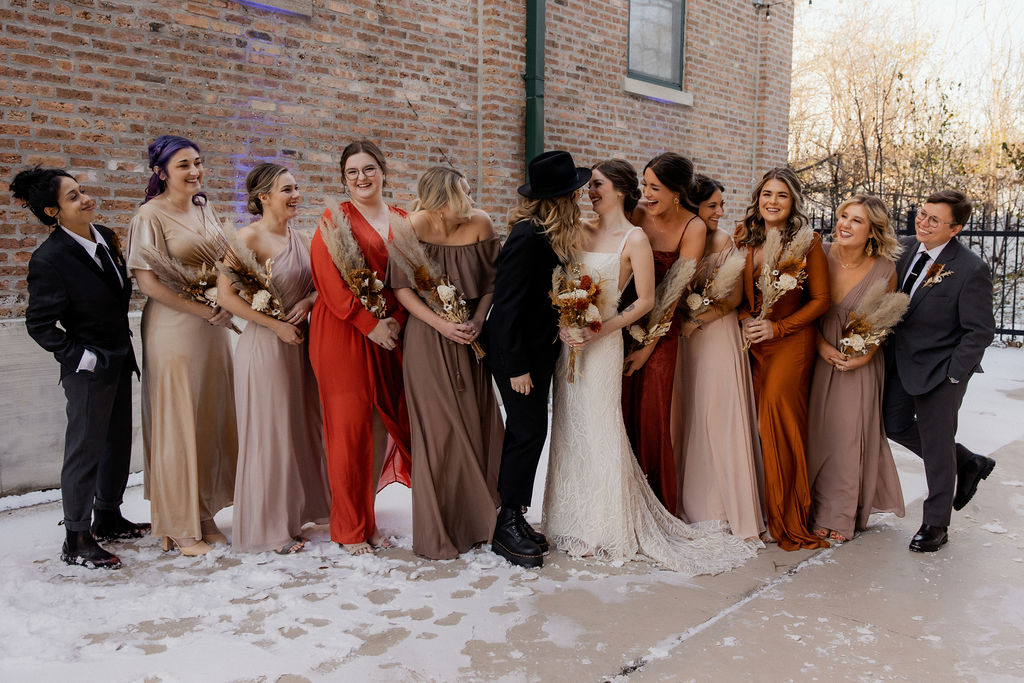
1. The Couple: Go Beyond “Bride & Groom”
This is the most obvious place to start, but it is worth emphasizing. Use “couple,” “partners,” or their actual names whenever possible. Intake forms and contracts should allow clients to identify themselves freely without assumptions about gender or traditional roles.
Replace terms like:
“Bridal party” with “Wedding party” or “Honor attendants”
“Bridal suite” with “Getting ready room” or “Couple’s suite”
“Bridal gown fitting” with “Outfit fitting” or “Wedding attire appointment”
These small shifts make a big difference for same-sex couples, nonbinary folks, or anyone who doesn’t see themselves in the typical “bride and groom” narrative.
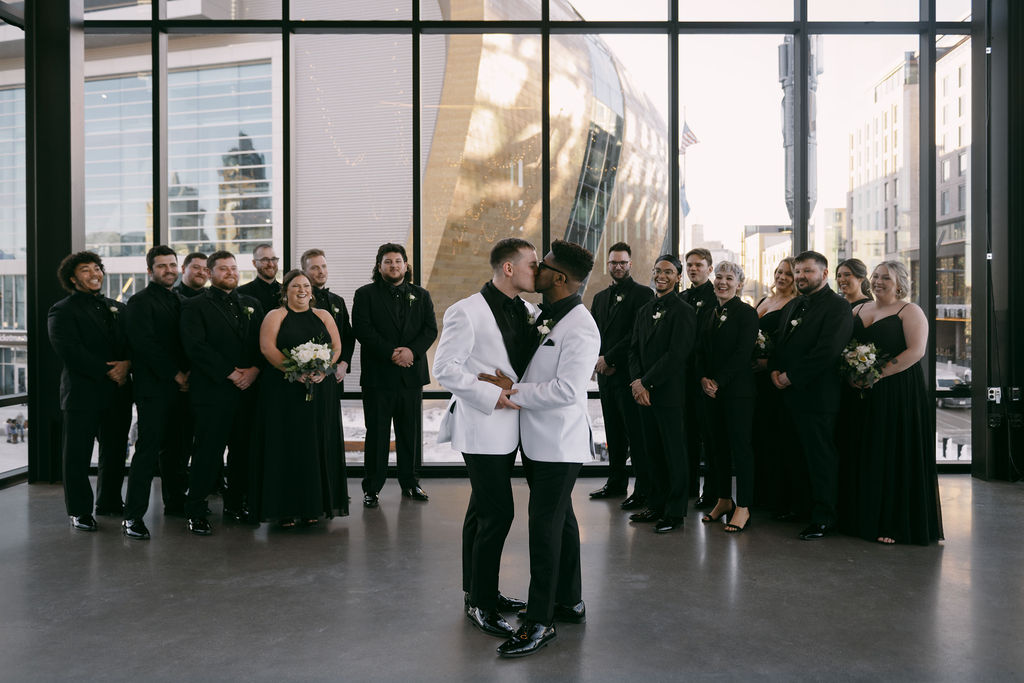
2. The Audience: DJ & MC Announcements
Wedding DJs and MCs play a big role in setting the tone. Encourage them to use inclusive, non-gendered terms when addressing guests.
Instead of:
“Ladies and gentlemen…” try “Friends and family…” or “Honored guests…”
“Let’s welcome the bride and groom!” try “Let’s welcome [Name] and [Name]!” or “Let’s hear it for the newlyweds!”
Making these adjustments ensures every guest, regardless of gender identity, relationship structure, or background, feels acknowledged and included.
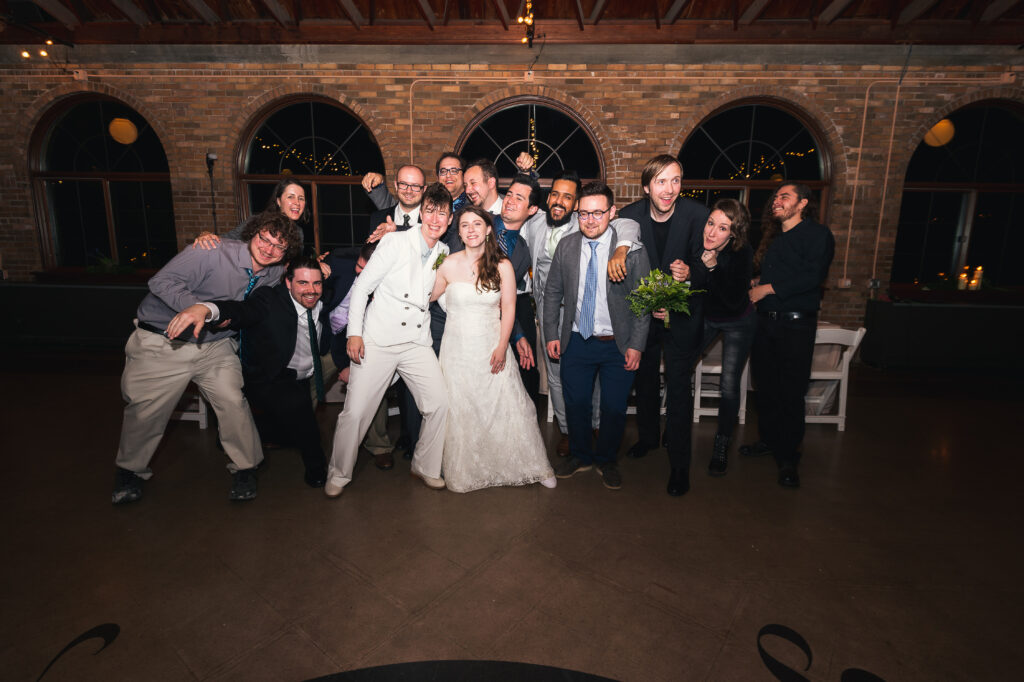
3. Vendors & Planning Conversations
Inclusivity can show up in conversations that have nothing to do with gender. For example:
Family Structures: Avoid assuming nuclear family dynamics. Use “parent(s), guardian(s), or chosen family” rather than “mom and dad.”
Roles & Traditions: Be open to alternatives for typical roles. A best man might be a sister. A flower girl might be a group of adults tossing petals in matching jumpsuits.
Cultural Sensitivity: Check your assumptions about traditions and customs. Ask questions like “Are there any cultural or spiritual elements you’d like us to include or be mindful of?” instead of presuming a standard ceremony format.
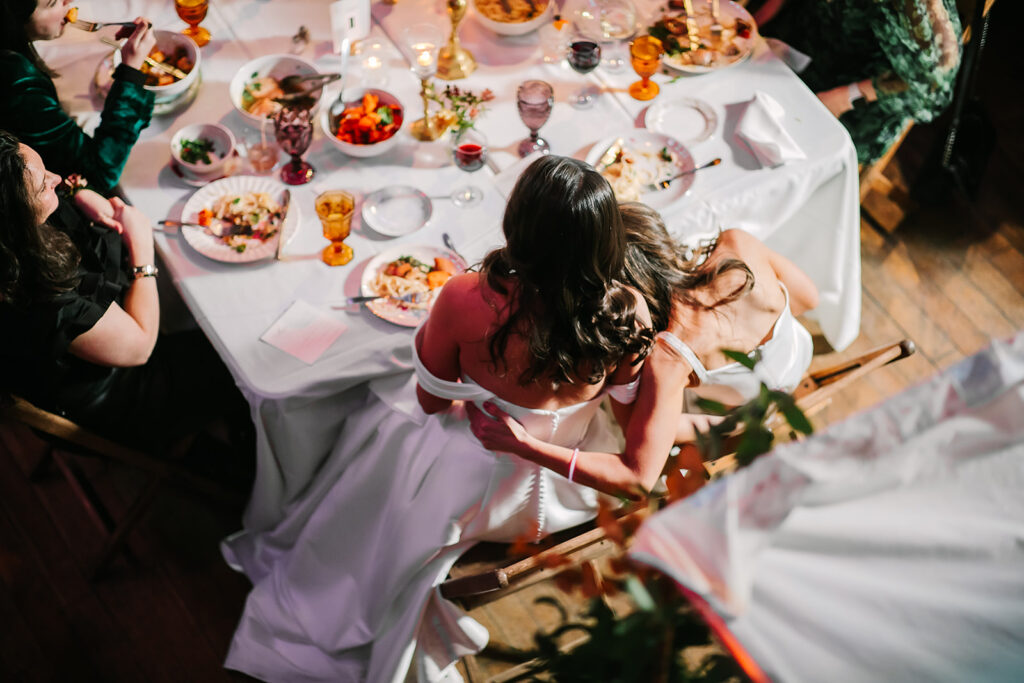
4. Day-of Execution
Inclusive planning does not stop at logistics. It also informs tone and delivery. During the wedding day, your team can:
Use people’s correct pronouns and practice beforehand if needed.
Label spaces with neutral signage such as “All-Gender Restroom” instead of “Ladies.”
Consider representation in visuals and signage. Are the images, fonts, or messages reflective of diverse couples and communities?
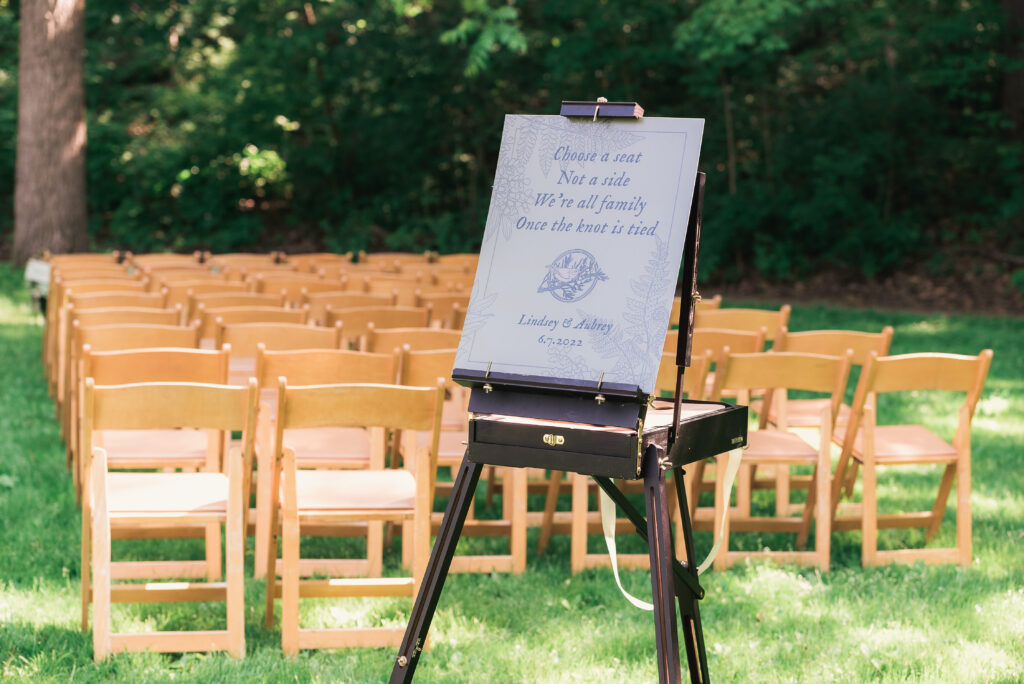
5. Intake Forms, Contracts, and Communication
Inclusivity starts at first contact. Audit your questionnaires, contracts, and email templates for assumptions. A few easy wins include:
Replacing “Bride’s Name / Groom’s Name” fields with “Partner 1 / Partner 2”
Letting people share pronouns or preferred titles voluntarily
Ensuring automated messages do not default to gendered terms like “Congratulations, Bride!”
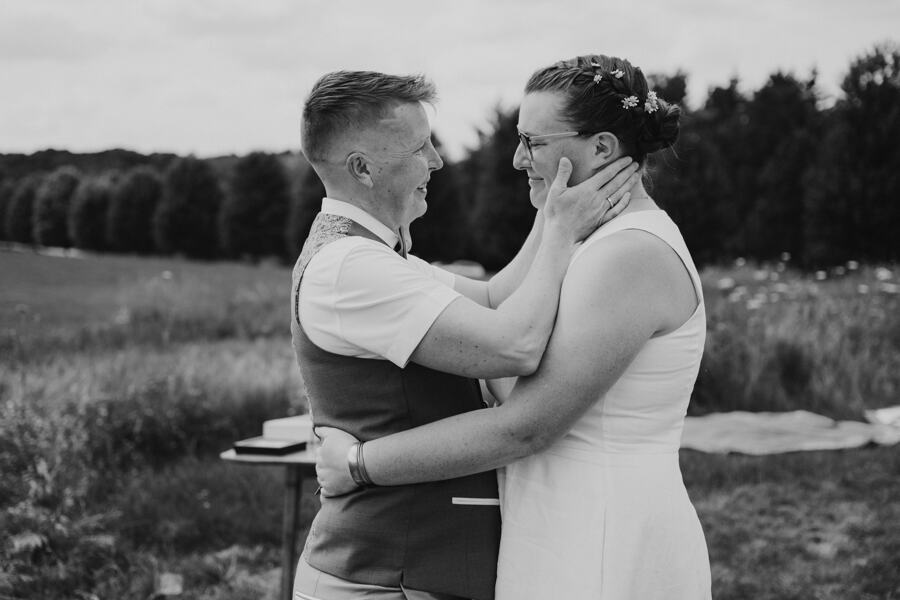
Final Thoughts
Inclusive language is not about being politically correct. It is about being kind, thoughtful, and professional. It allows every person involved in a wedding to feel like they belong without needing to explain or defend who they are.
When we take care with our words, we create space for joy to shine through without friction. And that is what weddings should always be about.
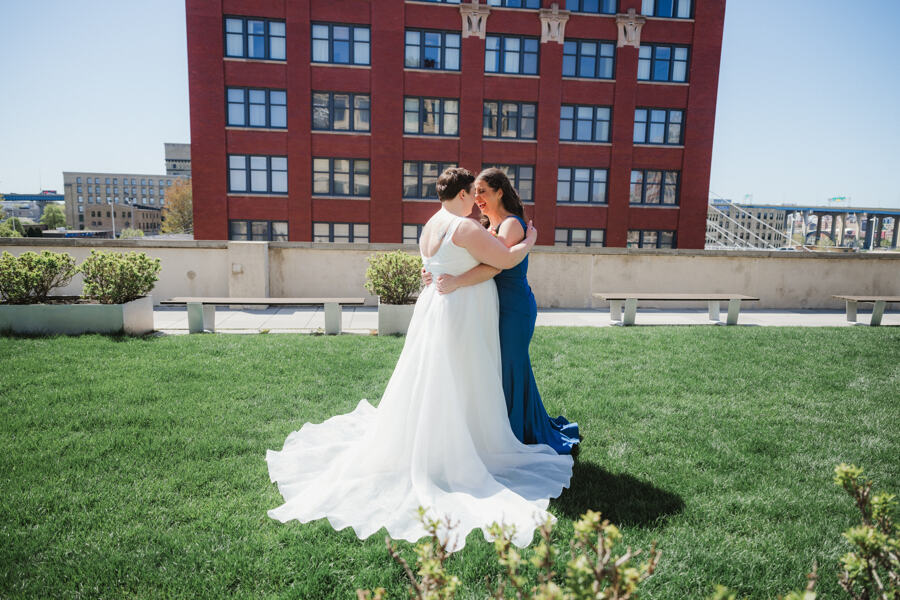
Veronica Rose
Veronica lives in Milwaukee with her lovely wife, Margaret. Together they love to make the most of Milwaukee by checking out local restaurants, theaters, and bike paths. They also love to travel in the off season to spend time with family, friends, including their huge crew of nieces & nephews. As much as Veronica loves her title of Wedding Planner, Auntie will always have the top spot!
New on Instagram
Website by Elby Creative.
Photographer Credits
Ⓒ Veronica Rose 2025, All Rights Reserved. Terms & Privacy.
414.768.2296
veronica@veronicaroseplanning.com